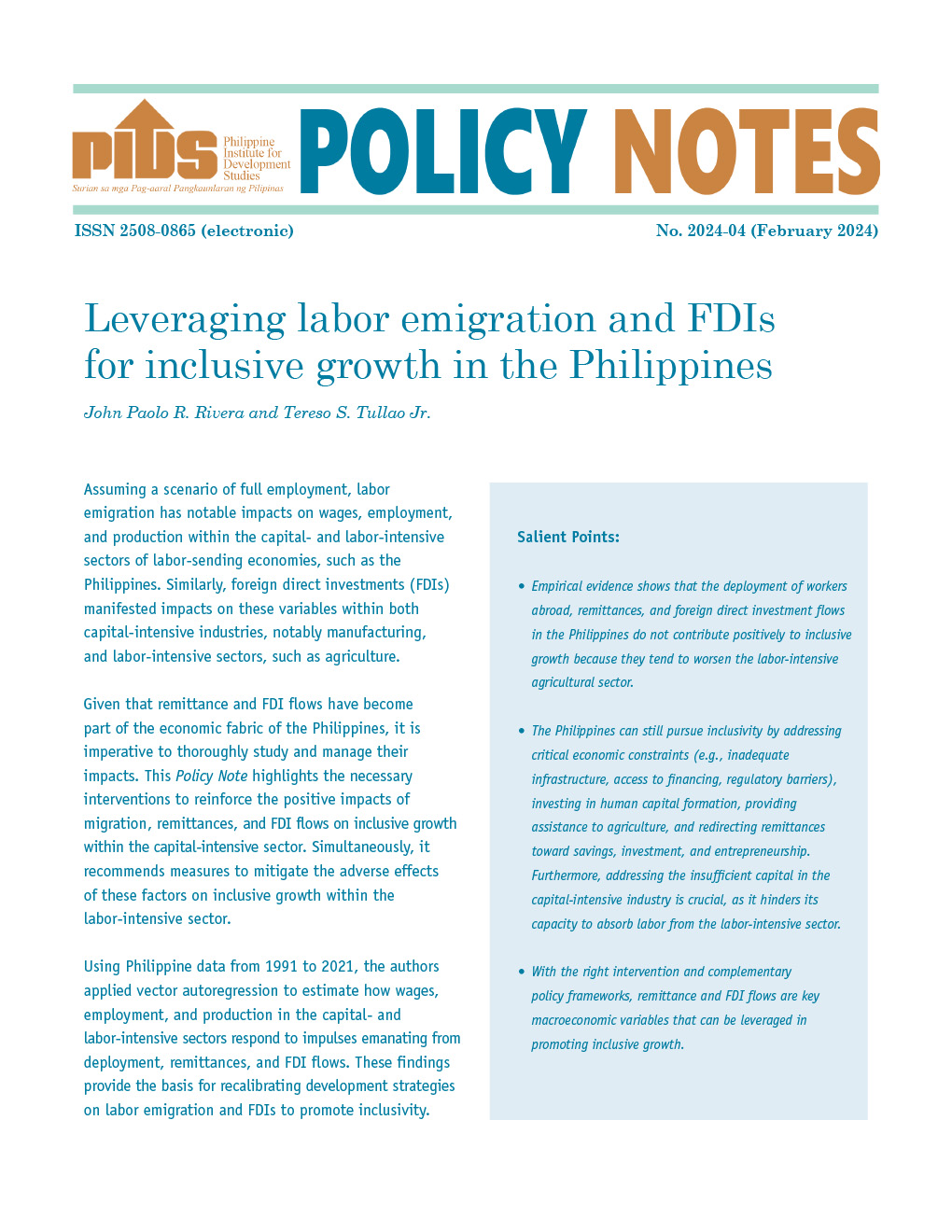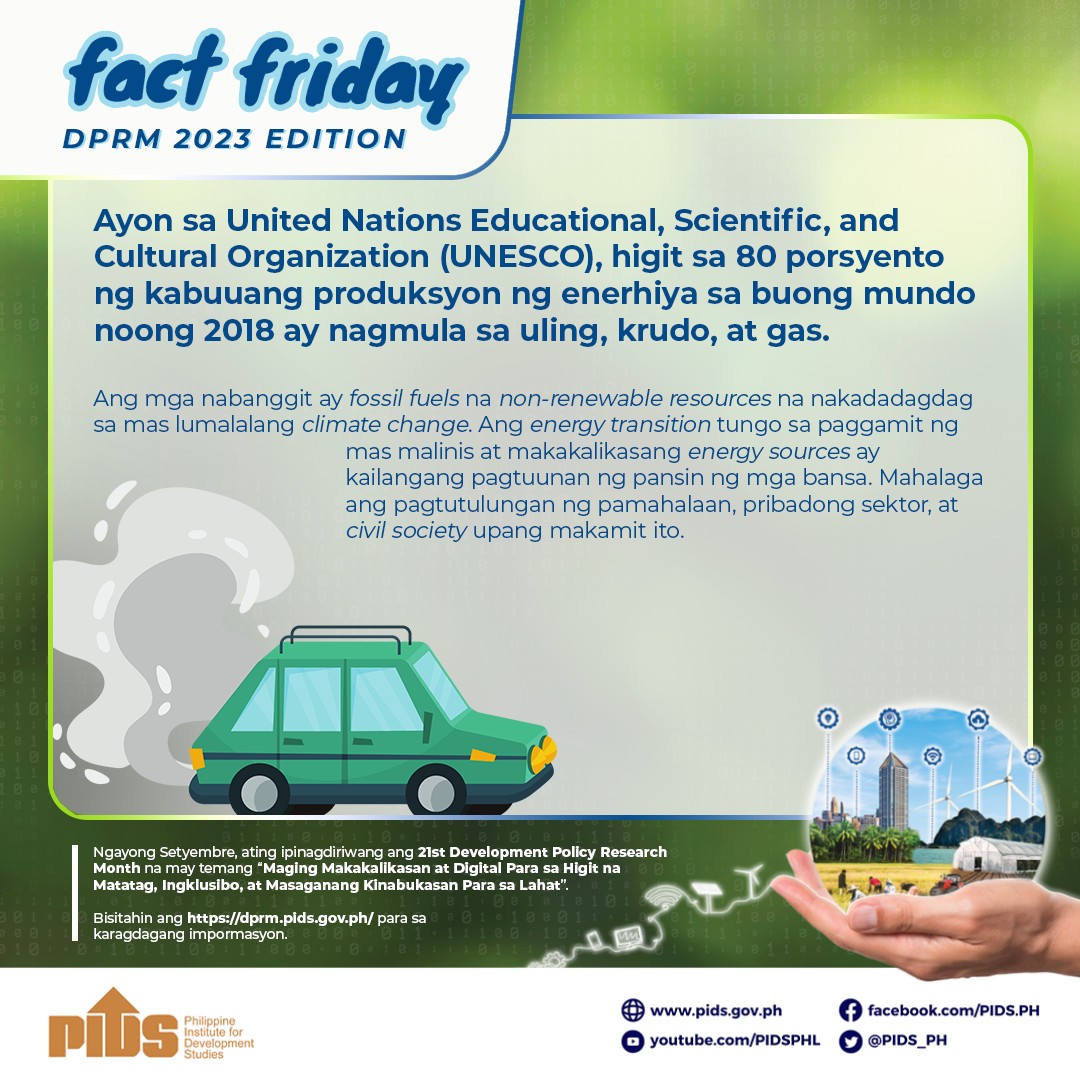TO further sustain its earlier gains in corn self-sufficiency for animal feedlot, the Department of Agriculture (DA) is now eyeing a more vigorous production for cassava by optimizing the potential harvest through clustering.
A cassava cluster is defined as having all actors in a particular geographic area, collaborating to build profitable value chains, which actually are producers and their organization, together with the input suppliers, processors, Antonio G. Gerundio explained in a document given to reporters over the weekend.
According to Gerundio, DA’s special technical adviser for the Cassava Cluster Development Program, a cluster also includes the warehousing sector and those engaged in "value-adding elements,” such as traders, buyers and those in the business development services.
With the cassava now substituting a certain percentage of corn in animal feeds, the DA’s corn and cassava program intervention includes assistance to farmers "in the form of start-up planting materials, subsidy on farm machineries and post-harvest facilities for the organized producer groups.”
Under the government’s Food Staple Sufficiency Program, root crops are seen as alternative to rice as household food staple.
In the case of cassava, another major use is for livestock feed, Gerundio said.
The cassava sector has formulated a road map for 2011-2016, with a target of increasing cassava production from 2.1 million tons to 8.3 million tons based on yield improvement, to 20 tons per hectare, from the current 9.6 tons per hectare.
Part of the increase would go to increased food consumption, with a target of 5 kilos per year of cassava consumption per capita, up from the current estimates of about 3 kilogram per year, based on documents from the Bureau of Agricultural Statistics (BAS).
In a comprehensive value-chain study for agricultural produce that the Philippine Institute for Development Studies recently published, cassava production can net P21,000 per hectare annually, while processing the root crop into dried granules would net another P2,800 for every 5 tons of raw material.
Gerundio also explained that each cassava cluster would include a technical working group that will draft the strategic plan for the cluster. He said this group would be composed of representatives of the DA, local government units (LGUs) concerned, non-governmental and people’s organizations, and the private sector.
Gerundio said the output of this group would then be presented in a forum participated mostly by farmer-leaders from different production units of the cluster. A production unit will have an area of 10 to 25 hectares.
According to the BAS, production of cassava in the first quarter of 2014 was 494,860 metric tons (MT), which is 11.3 percent higher than the 444,660 MT produced in the same period last year.
The BAS said that production growth was due to an expansion of harvest areas in Isabela after the farmers there received financial assistance from some private companies. The BAS said assistance also included the active participation of LGUs to the DA’s Cassava program in Zamboanga Peninsula.
"There is also an increase of contract growing schemes from San Miguel Corp. and Phil-Agro in Bukidnon due to increasing demand for commercial purposes,” the BAS added, noting high demand for industrial use that encouraged farmers to expand areas for cassava growing in South Cotabato, Lanao Sur, Maguindanao and Sulu.
The bulk of production for the period came from Northern Mindanao with 35 percent, followed by the Autonomous Region in Muslim Mindanao at 20 percent and Soccsksargen with 11 percent.
Production in the first quarter was equivalent to 22.7 percent of the five-year annual average cassava production of the country, the BAS said.//
DA encourages farmers to boost cassava production through clustering












